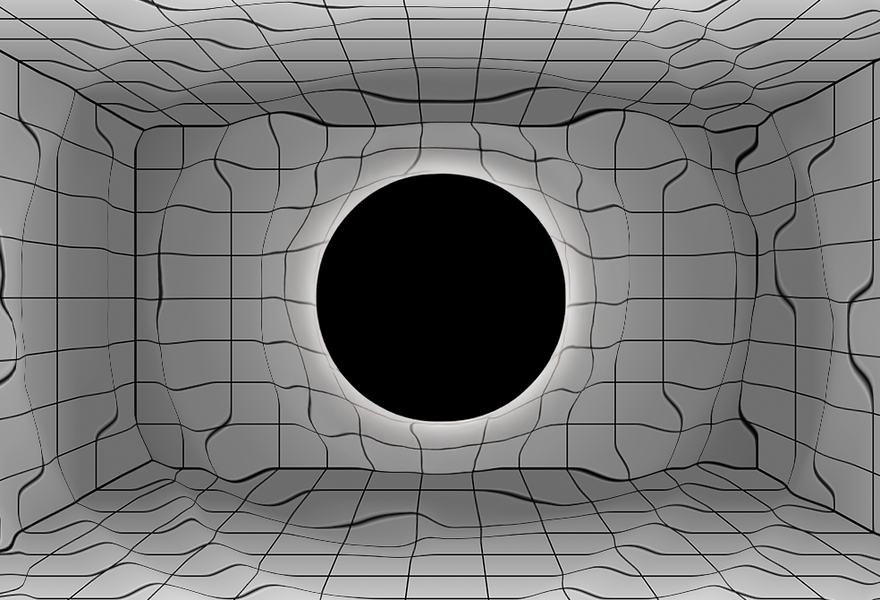A more complete expansion for black hole ringdown waveforms

Each musical instrument has its own unique sound spectrum. Similarly, a ringing black hole emits gravitational waves with its own characteristic frequencies (or ``quasinormal modes''). Black hole spectroscopy is the program of measuring how black holes ``ring down'' to infer their properties, just as we recognize a musical instrument by the sound it makes.
However, black hole signals are more complex than free oscillations. For example, the long-range nature of gravity produces slowly decaying ``tails'' that quasinormal modes cannot capture — i.e., quasinormal modes are an incomplete basis. In addition, the quasinormal mode spectrum is unstable under small environmental modifications. If we think of the black hole as a musical instrument and enclose it in a room, its modes behave like echoes reflecting against the walls. This spectral instability challenges the robustness of black hole spectroscopy.
Turning this challenge into an opportunity, Oshita, Berti and Cardoso have shown that a set of destabilized quasinormal modes is actually a more complete basis to expand gravitational waveforms, as it can capture the tail components missed by ordinary modes. This discovery paves the way for more accurate ringdown models and improvements in gravitational wave data analysis. The work was published in Physical Review Letters.
July 3, 2025, 5:54 a.m.